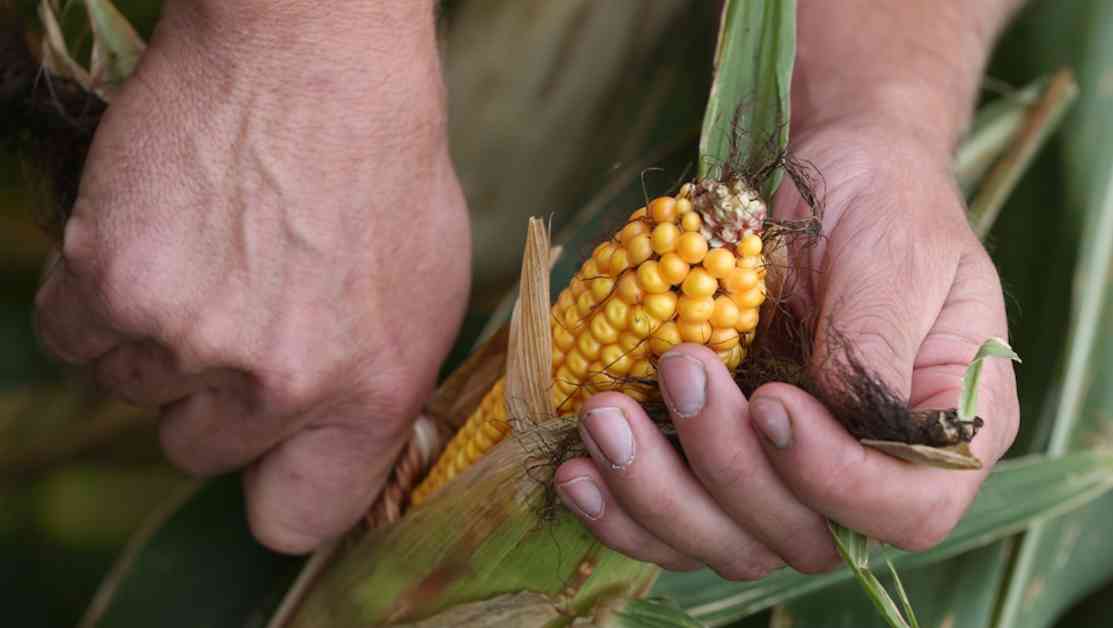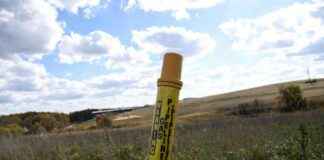In the heartland of the United States, farmers have a safety net in the form of federally subsidized crop insurance. This insurance provides a sense of security when faced with unpredictable weather conditions like droughts, floods, and other natural disasters that can devastate a season’s harvest. With insurance policies that pay out a percentage of the expected market value of their crops, farmers can avoid financial ruin in times of crisis. However, as global warming intensifies, this insurance program could be put to the test, adding more uncertainty to the already volatile agricultural sector.
The U.S. Corn Belt, encompassing states like Indiana, Illinois, and Iowa, is a key player in the nation’s corn production. A recent study delves into how harvests in this region could fluctuate over the next few decades under a warming scenario outlined by United Nations climate scientists. Comparing these projections to a scenario with no warming, the researchers found that rising temperatures are likely to lead to more frequent years with lower crop yields. This increase in yield variability could potentially double the likelihood of farmers needing insurance payouts by 2050, putting a strain on both farmers and the government financially.
The implications of these findings are significant for the U.S. food system, as corn plays a crucial role in various aspects of our daily lives. From feeding livestock to being a key ingredient in processed foods, a decrease in corn yields could have far-reaching consequences. Sam Pottinger, a data scientist at the University of California, Berkeley, emphasizes the importance of corn in the food supply chain, highlighting its indispensable nature in feeding the nation. Climate change is already impacting the property insurance market in the U.S., with rising premiums and insurance companies withdrawing from high-risk areas. Similarly, the federal crop insurance system is facing challenges it wasn’t originally designed to handle, as yield volatility becomes more common due to global warming.
Overall, the study’s results paint a concerning picture of the future for farmers and the agricultural sector as a whole. The Federal Crop Insurance Program, established in the 1930s and made permanent in 1980, covers a limited percentage of U.S. farms, primarily benefiting larger farmers. Smaller farms and those specializing in fruits and vegetables are less likely to have federal coverage, leaving them vulnerable to the vagaries of extreme weather events. As climate change continues to drive up insurance payouts and costs, the need for proactive measures to support farmers becomes increasingly urgent. Policymakers may need to revisit the nation’s farm bill to incentivize regenerative agriculture practices that promote soil health and crop resilience. Despite potential challenges in implementing these practices, the long-term benefits could outweigh the initial setbacks, offering a more sustainable path forward for farmers facing a changing climate.
In the face of mounting challenges posed by climate change, the agricultural sector must adapt to ensure its resilience in the coming years. By addressing the shortcomings of the current crop insurance system and exploring innovative solutions like regenerative agriculture, farmers can better prepare for the uncertainties that lie ahead. As the impact of global warming becomes more pronounced, the need for proactive measures to support farmers and safeguard the nation’s food supply becomes increasingly evident. It’s time to take action to secure a sustainable future for agriculture in the face of a changing climate.














